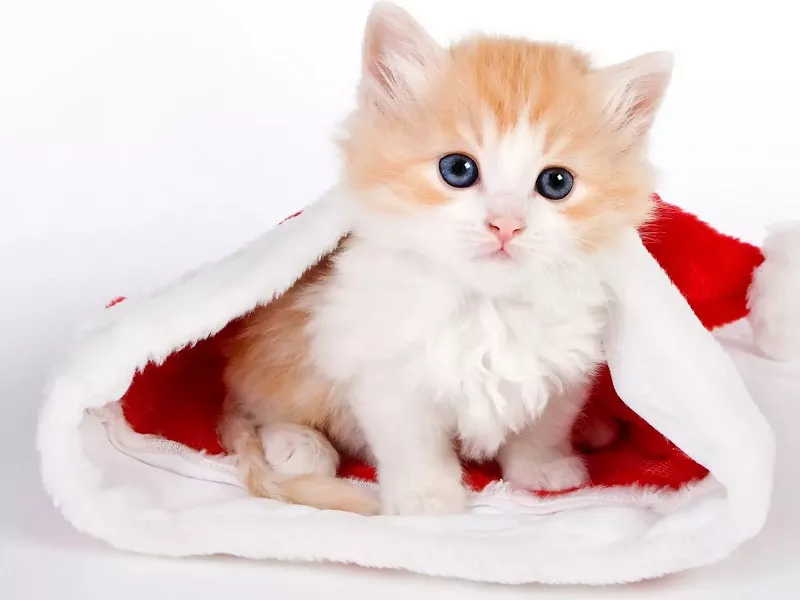Siamese cats, renowned for their striking blue almond-shaped eyes and distinctive coat coloration, have captured the fascination of cat lovers worldwide. With their origins shrouded in mystery and intrigue, the history of Siamese cats is a captivating tale that spans centuries and cultures. In this article, we embark on a journey to uncover the origins of Siamese cats, exploring their fascinating history, cultural significance, and the enchanting traits that make them cherished companions to this day.
Ancient Origins and Royal Affection
The precise origin of Siamese cats is a subject of debate, but historical records suggest that these elegant felines have roots in ancient Siam, now known as Thailand. Siamese cats were esteemed by Thai royalty and nobility, as depicted in ancient manuscripts and artwork. The cats were believed to possess spiritual significance and were often housed in temples, where they were pampered and revered.
Distinctive Characteristics and Features
One of the most recognizable features of Siamese cats is their striking coat color pattern known as “colorpoint.” This pattern is characterized by a pale, cream-colored body and darker points on the ears, face, paws, and tail. The unique coloration is a result of a temperature-sensitive enzyme that causes the darker pigment to develop in cooler areas of the body. This phenomenon, known as “temperature-sensitive albinism,” adds to the allure and charm of Siamese cats.
International Arrival and Popularity
The Siamese cat‘s journey from Siam to the international stage began in the late 19th century. In the 1880s, Siamese cats were introduced to the Western world, making appearances at cat shows and captivating audiences with their striking appearance and engaging personalities. Their unusual coloration and captivating blue eyes quickly garnered attention and sparked a surge of interest in the breed.
Cultural and Mythological Significance
Siamese cats have left an indelible mark on various cultures and myths. In Thai culture, these cats were considered sacred and were believed to bring good luck to their owners. In some legends, Siamese cats were thought to protect valuable treasures and ward off evil spirits. Their association with royalty and spiritual symbolism further elevated their status.
The Evolution of the Breed
Over time, the Siamese breed underwent various changes in appearance due to selective breeding practices. The traditional or “apple-headed” Siamese cats, with a rounder face and less extreme body structure, contrasted with the modern or “wedge-headed” Siamese, characterized by a more angular face and elongated body. Both variations have their enthusiasts, showcasing the diversity within the breed.
Breed Preservation and Recognition
To preserve the traditional Siamese characteristics, dedicated breeders and enthusiasts established organizations focused on the preservation of the breed’s original traits. These efforts helped maintain the traditional appearance and temperament of Siamese cats and prevented the complete dominance of the modern type.
Conclusion
The history of Siamese cats is a tapestry woven with threads of ancient reverence, cultural significance, and international allure. From their origins as revered companions of Thai royalty to their introduction to the global stage, Siamese cats have captivated hearts and left an enduring legacy. Their striking appearance, enigmatic history, and engaging personalities continue to make them beloved companions to cat enthusiasts around the world. As we cherish these felines with their rich history and remarkable traits, we pay homage to a breed that has truly stood the test of time.
Recommended reading:


























